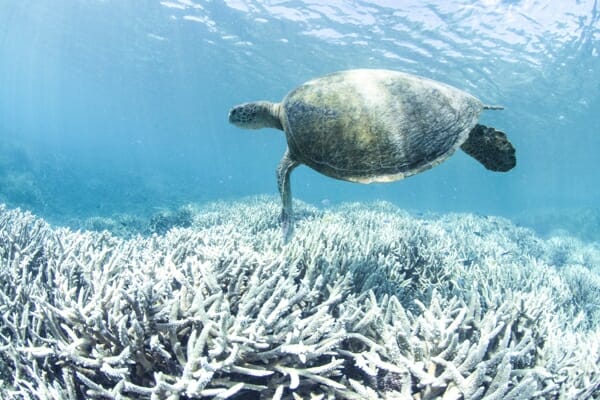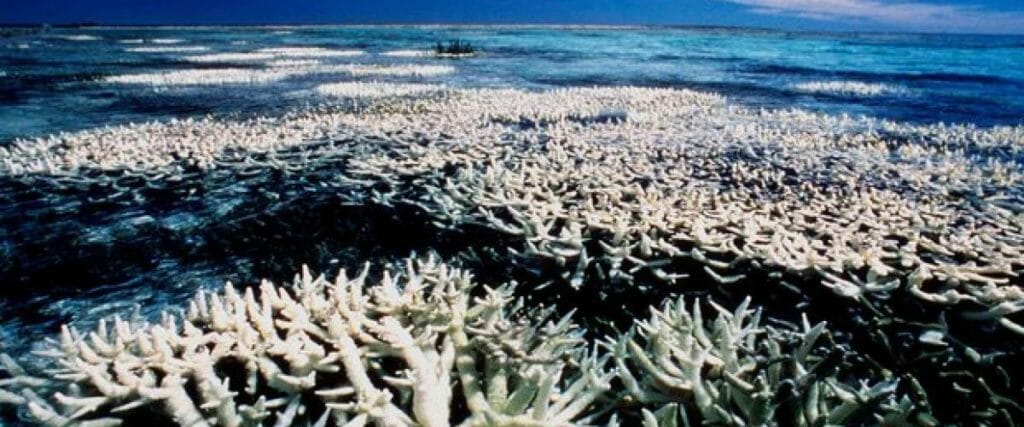Great danger for the barrier reef
Australia’s natural wonder – the Great Barrier Reef – is in mortal danger. Bleaching caused by climate change has been worsen by a strong El Niño episode this year. The term El Niño refers to the large-scale ocean-atmosphere climate interaction linked to a periodic warming in sea surface temperatures across the central and east-central Equatorial Pacific, The presence of El Niño can significantly influence weather patterns, ocean conditions, and marine fisheries across large portions of the globe for an extended period of time. That paired with climate change means almost a quarter of Australia’s coral have been killed this year and many scientists believe it could be too late for the rest .

Coral bleaches when the water it’s in is too warm for too long. The coral polyps gets stressed and spit out the algae that live in inside them. Without the colourful algae, the coral flesh becomes transparent, revealing the stark white skeleton beneath.
And because the algae provides the coral with 90% of its energy, it begins to starve. Unless the temperatures quickly return to normal, the coral dies and gets taken over by a blanket of seaweed.
When the coral dies, the entire ecosystem around it transforms. Fish that feed on the coral, use it as shelter, or nibble on the algae that grows among it die or move away. The bigger fish that feed on those fish disappear too. But the cascading effects don’t stop there. Birds that eat fish lose their energy source, and island plants that thrive on bird droppings can be depleted. And, of course, people who rely on reefs for food, income or shelter from waves – some half a billion people worldwide – lose their vital resource.
Read more about this disaster in the Guardian’s special report and see some exclusive images .
